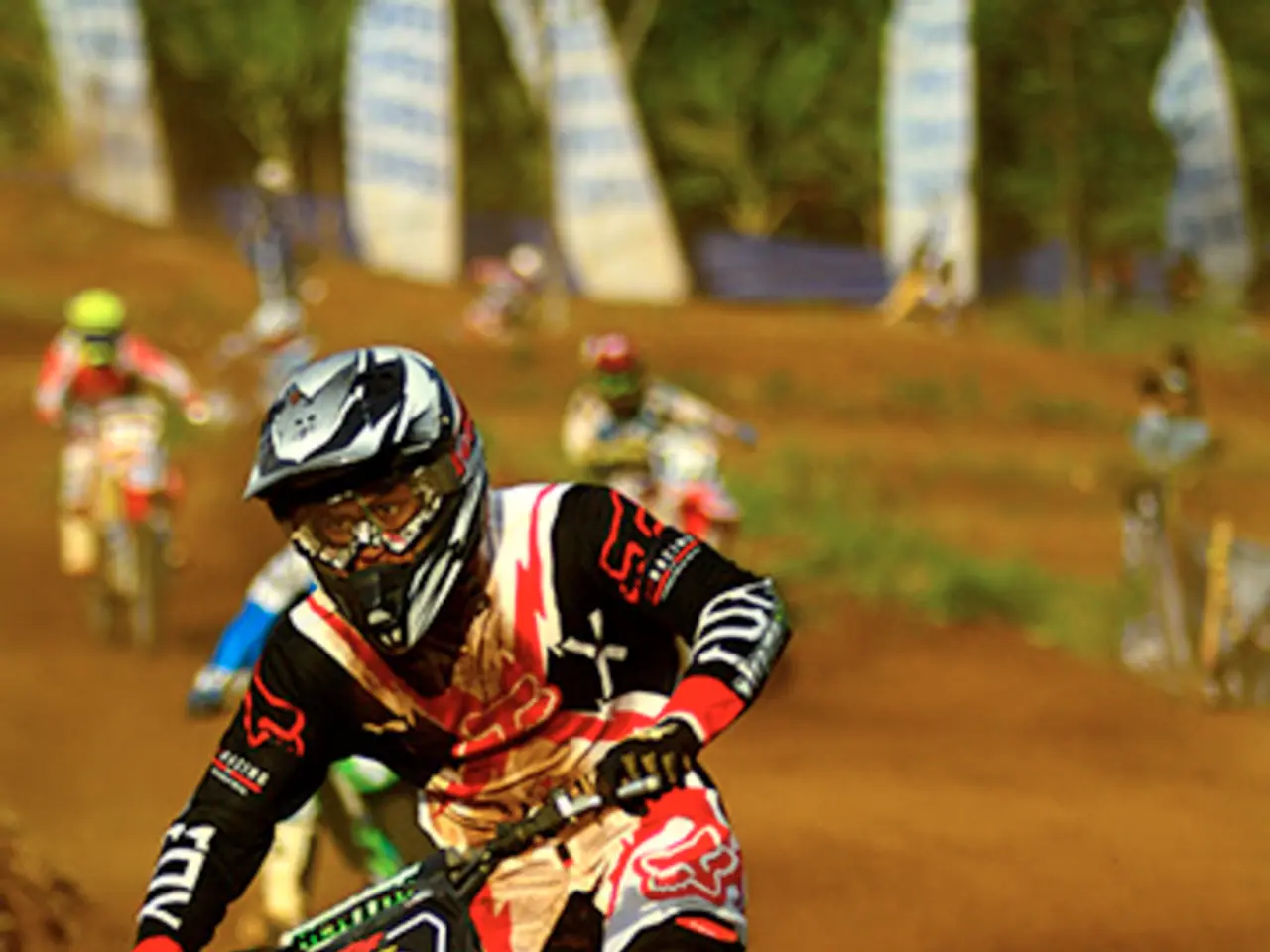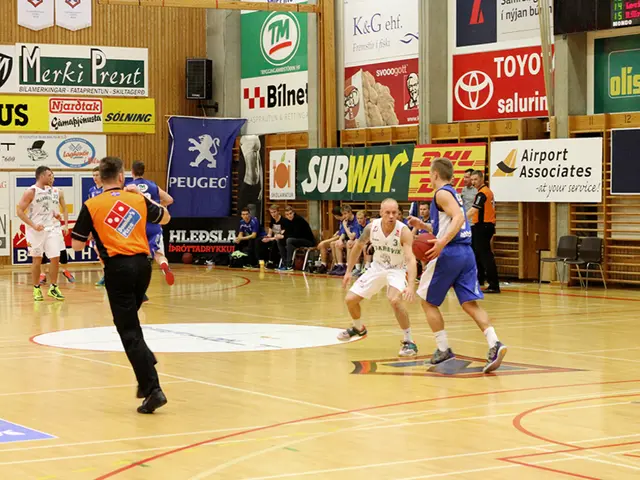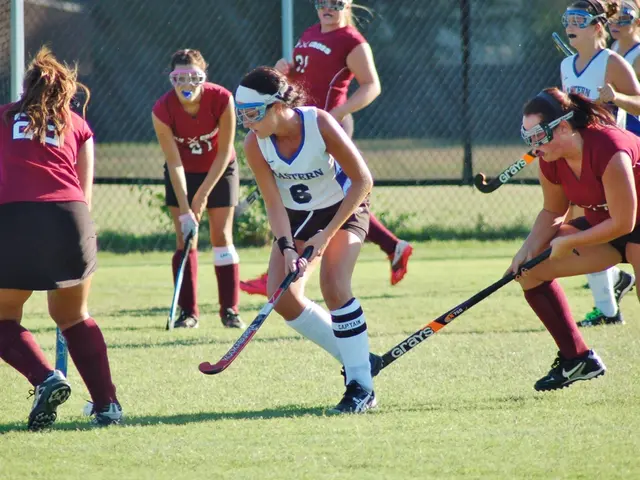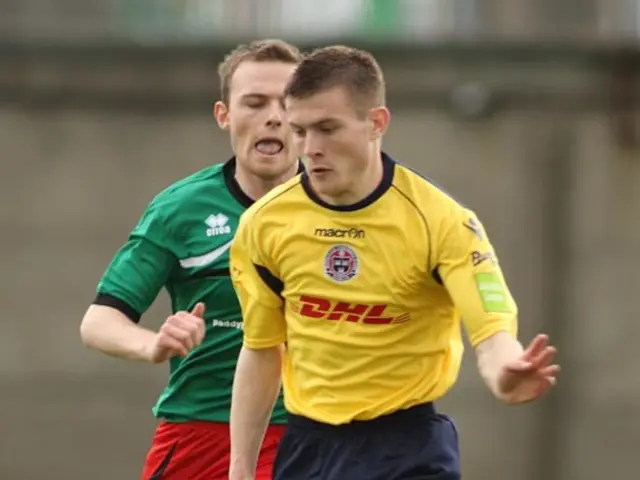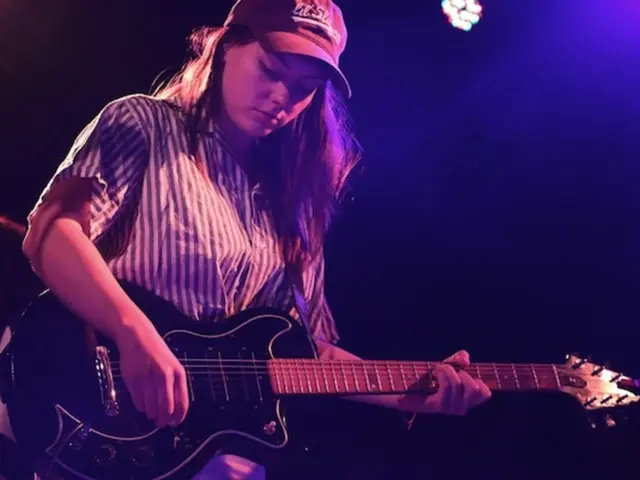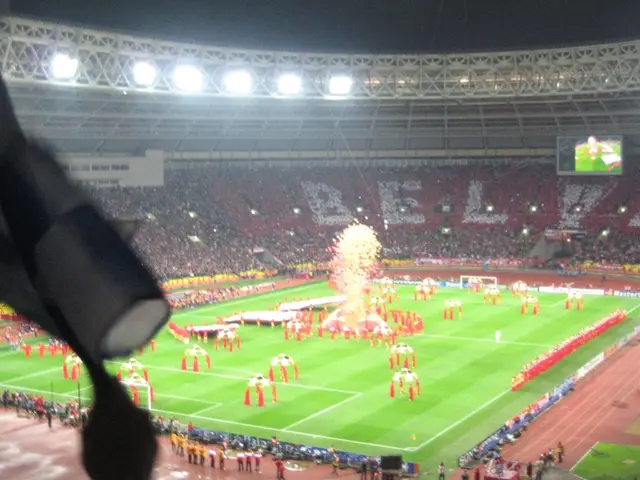The Functioning of the Hells Angels Motorcycle Group
The Hells Angels Motorcycle Club (HAMC), founded in 1948, is an international outlaw motorcycle club that has significantly shaped the image and culture of motorcycle clubs. Originally formed by World War II veterans seeking camaraderie in post-war life, the club's name was inspired by the World War II military squadrons called "Hell's Angels," reflecting a fierce, death-defying tradition.
Organization and Rules
The Hells Angels follow a strict membership process, involving extensive vetting and initiation, emphasizing loyalty and brotherhood. Members typically ride Harley-Davidson motorcycles and are known by official names or nicknames. They wear distinctive patches, such as the "Death Head" insignia, which must be surrendered if a member leaves. The club operates with chapters worldwide, often gathering in bars or clubhouses for rides and social events.
Reputation
Officially known as an outlaw motorcycle gang by law enforcement, the Hells Angels have a reputation for violent barroom fights and are frequently linked to organized crime, especially drug manufacturing and distribution such as methamphetamine. Despite legal attempts to prosecute the club under racketeering laws, the FBI continues to classify them as criminal. In Canada and other countries, the club has expanded through “patch over” processes absorbing local clubs, often amid violent conflicts with rival groups.
Global Reach
With chapters across many countries, including significant presence in the US, Canada, and Europe, the Hells Angels are one of the largest and most recognized outlaw motorcycle clubs globally. Their expansive network includes thousands of members.
Criminal vs. Charitable Activity
While the Hells Angels publicly promote loyalty and fellowship and often engage in social motorcycle events, law enforcement and criminal allegations strongly emphasize their involvement in organized criminal enterprises, such as drug trafficking, extortion, and violent crime. There is little credible evidence suggesting that the club acts primarily as charitable contributors to communities. Their self-presentation centers on brotherhood and motorcycle culture rather than organized philanthropy.
However, local club chapters of the Hells Angels attempt to perform good works in the community, adding a layer of complexity to the club's image. This article aims to provide insights into what goes on behind closed club meeting doors of the Hells Angels, shedding light on the intricacies of this infamous motorcycle club.
The history of the Hells Angels Motorcycle Club (HAMC) is intertwined with the mythology of death-defying traditions and its link to World War II military squadrons, shaping the cultural image of motorcycle clubs. Amidst their reputation for organized crime, drug trafficking, and violent activities, some local chapters of the club engage in charitable activities within their communities, adding a complex dimension to their image.
